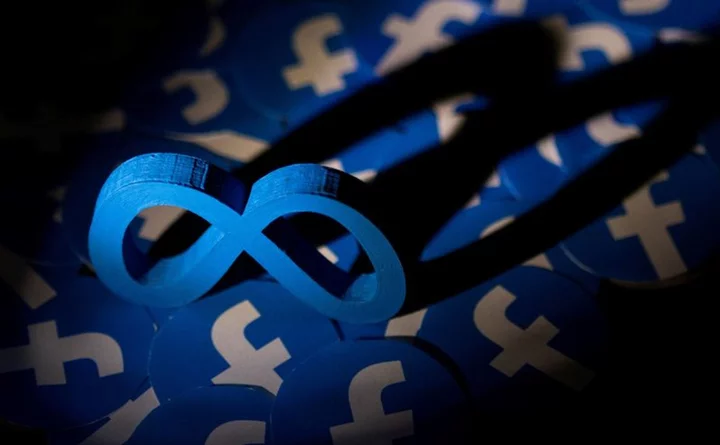
Former Meta employee tells Senate company failed to protect teens safety
By Katie Paul NEW YORK A former Meta employee is testifying before a U.S. Senate subcommittee on Tuesday,
2023-11-08 01:52
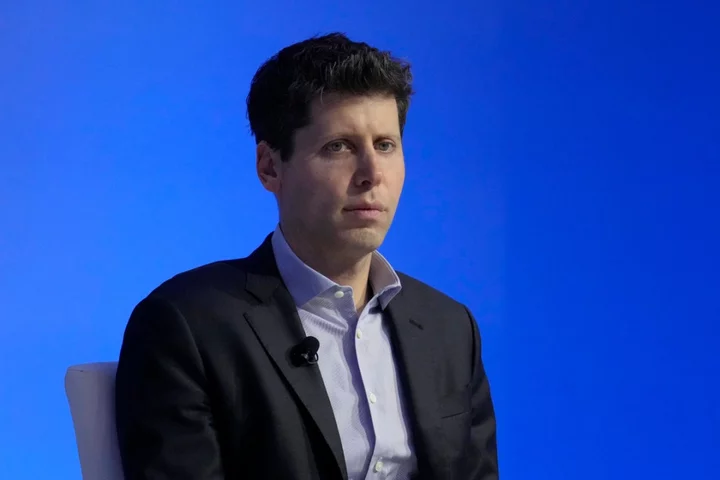
OpenAI announces return of Sam Altman as chief executive
Sam Altman will return to OpenAI after an agreement in principle was reached, the company has announced. Posting on X, formerly known as Twitter, OpenAI also announced a new initial board of former Salesforce chief executive Bret Taylor, the former US treasury secretary Larry Summers and Quora chief executive Adam D’Angelo. Mr Altman also posted, saying “i love openai, and everything i’ve done over the past few days has been in service of keeping this team and its mission together.” Last week the board of OpenAI, which created the ChatGPT artificial intelligence tool, said it had pushed Mr Altman out after a review found he was “not consistently candid in his communications” with the board. Greg Brockman, the company’s president and co-founder, who left in protest at Mr Altman’s sacking said on X: “Amazing progress made today. We will come back stronger and more unified than ever.” “Returning to AI & getting back to coding tonight,” Mr Brockman added. The previous board of directors, which included Mr D’Angelo and Mr Brockman, refused to give specific reasons to why they fired Mr Altman last Friday. This led to mounting pressure within the company to reinstate Mr Altman, including a threatened exodus of nearly all of the company’s 770 employees. Microsoft, which has invested billions of dollars in OpenAI, moved to hire Mr Altman and Mr Brockman on Monday. In a post on social media on Wednesday morning, the chairman and chief executive of Microsoft, Satya Nadella, said he is “encouraged by the changes to the OpenAI board”. “We believe this is a first essential step on a path to more stable, well-informed, and effective governance.” Read More Data protection watchdog warns websites over cookie consent alerts Employee data leaked during British Library cyber attack Half of adults who chat online with strangers do not check age – poll Businesses embracing generative AI but fear cyberattacks, survey finds Young Britons turning to AI chatbots for help with school and work – survey Police to trial use of drones as first responders to emergencies
2023-11-22 15:46

Europe’s Most Important Trade Route Is at Risk Due to Climate Change
The Rhine River has been a reliable shipping lane for centuries, helping spawn industrial giants along its banks.
2023-07-31 12:22
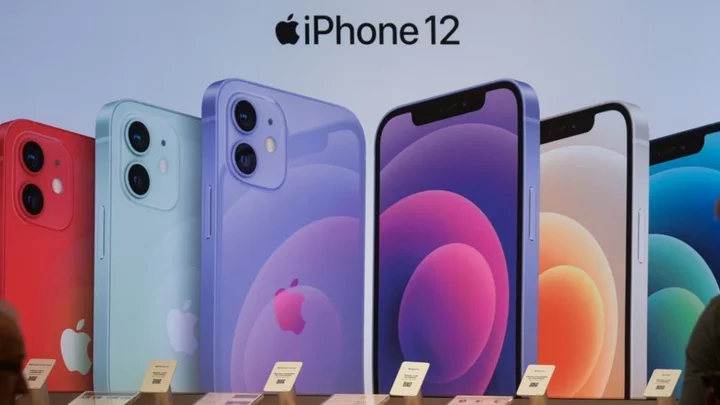
France halts iPhone 12 sales over radiation levels
Apple has been told it must recall every iPhone 12 sold in the country if it cannot fix the problem.
2023-09-13 17:16

DeSantis plans to announce 2024 bid Wednesday on Twitter Spaces with Elon Musk, sources tell AP
Florida Gov. Ron DeSantis plans to announce his 2024 presidential campaign in a Twitter Spaces event with Elon Musk on Wednesday
2023-05-24 03:50

Gamers: Take advantage of BOGO sales at Amazon and Best Buy right now
If you love video games, both Best Buy and Amazon are having BOGO sales as
2023-08-23 00:45

5 Nintendo Switch Games to be Excited for in Q4 2023
The fourth quarter is around the corner. Here are some games you'll want to look into.
2023-09-07 06:55

Apple debuts iPhone 15 and iPhone 15 Plus
CUPERTINO, Calif.--(BUSINESS WIRE)--Sep 12, 2023--
2023-09-13 02:54

Koch Modular Celebrates Launch of “Project Enterprise” Carbon Capture System
PARAMUS, N.J.--(BUSINESS WIRE)--Jul 19, 2023--
2023-07-19 22:56
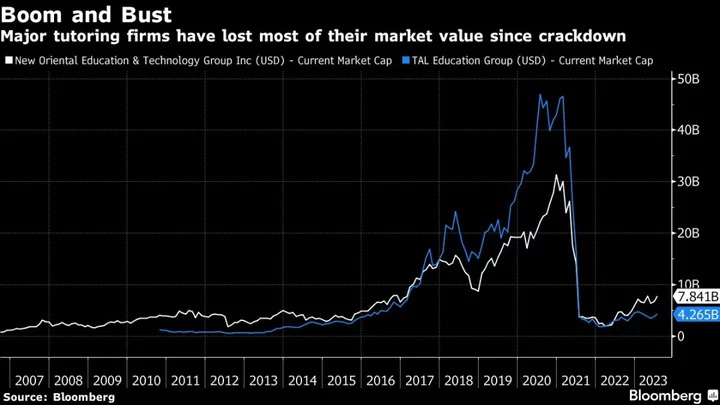
China’s $100 Billion Tutoring Ban Backfires, Spawning Black Market
President Xi Jinping’s attack on China’s after-school tutoring industry was meant to ease the burden on households. But
2023-07-21 06:18

A-dec® Introduces First Digitally Connected Dental Chair and Delivery System
NEWBERG, Ore.--(BUSINESS WIRE)--Jun 22, 2023--
2023-06-22 20:24

FC 24 87+ Campaign Mix Upgrade SBC: How to Complete
The FC 24 87+ Campaign Mix Upgrade SBC is now live in EA Sports' Ultimate Team. Here's how to complete the SBC and the best players to pack from it.
2023-11-27 02:15
You Might Like...

How Long is the Steam Stealth Fest?

TikTok is banned from city-owned devices in NYC

Leap Launches New California Grid Services Program to Drive Revenue for Battery Storage Systems

Is this the reason behind Tate brothers' arrest? Andrew Tate says 'they know what we do works'

Turn Your Controller Into a Command Center – Introducing Turtle Beach’s Groundbreaking Designed for Xbox Stealth Ultra Wireless Controller

This Microsoft Excel training bundle is on sale for 85% off
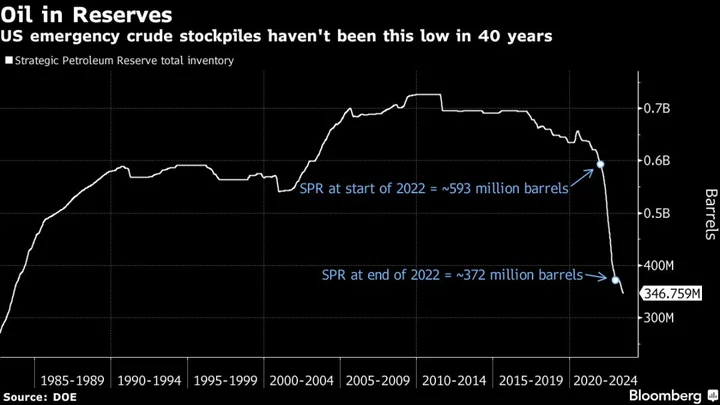
US Oil Reserve Sales to China Could Be Blocked in Defense Bill
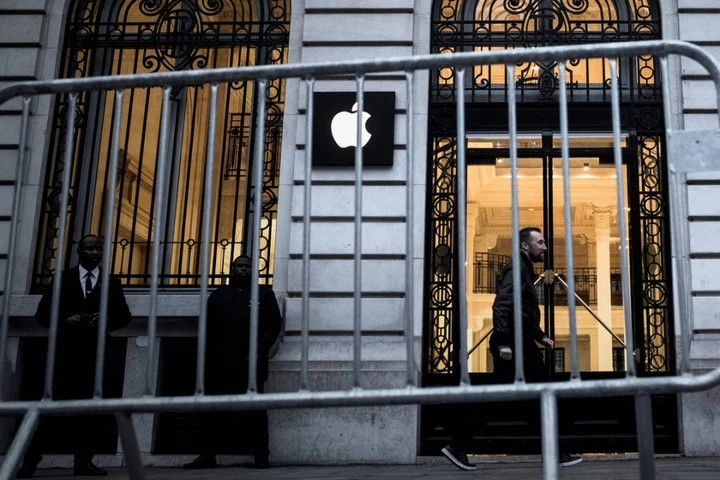
iPhone 15: Apple workers strike in France ahead of biggest launch of the year
